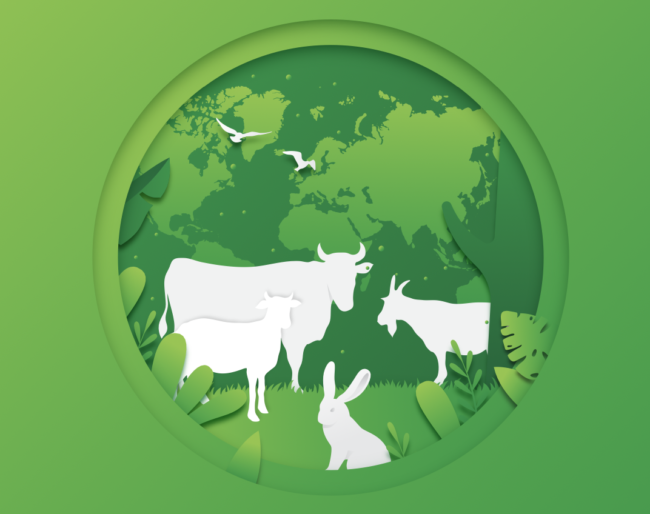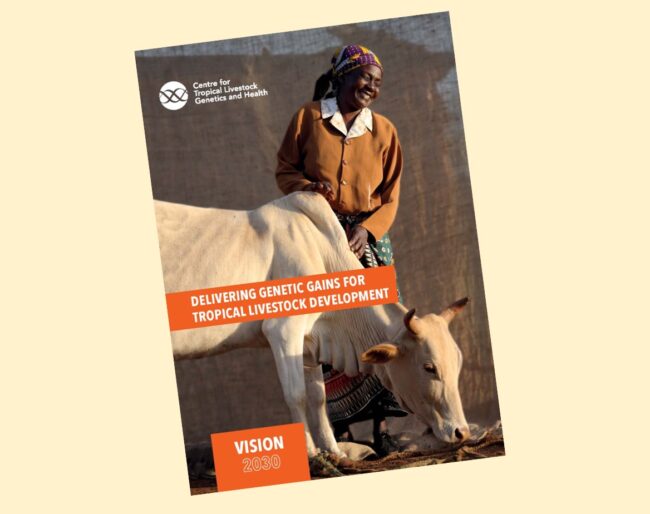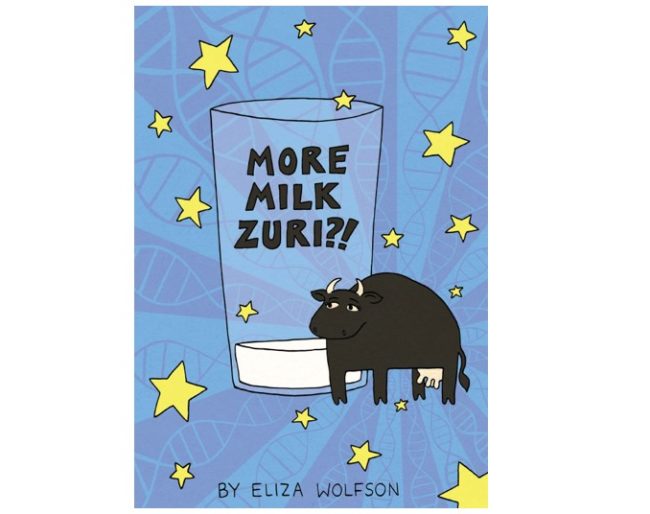Publications
In addition to the numerous scientific publications that are published each year communicating the outputs of its research, the Centre for Tropical Livestock Genetics and Health also produces reports and publications to promote its work to non scientific audiences.

Scientific Publications
CTLGH researchers publish the results of their studies in a range of scientific publications to further the advancement of knowledge in the genetic improvement of livestock. Below are a selection of publications from authors either affiliated to the Centre or of work funded by the Centre.

CTLGH Brochure
This brochure provides an introduction to the work we do at CTLGH and how it relates to our greater ambition of supporting a shift towards sustainable livestock systems

CTLGH "Strategic Plan 2030"
The Strategic Plan presents an overview of the vision and values upheld by the CTLGH, providing a comprehensive strategy for how the institute aims to develop more resilient, productive and sustainable tropical livestock production systems.

CTLGH "Vision 2030"
Building on the achievements it has made in its first five years, this publication highlights the key strategic objectives and future focus of the Centre for Tropical Livestock Genetics and Health (CTLGH) for the next 10 years.

CTLGH "Five Years Highlights"
This publication celebrates some of the research achievements that the Centre’s scientists have made since CTLGH was established in 2014 and the collaborations and partnerships that have been established in that time.
Packed with powerful infographics, beautiful photography and quick facts, this publication is easy to read and gives a great introduction to the work of the Centre.

"More Milk Zuri" comic
This comic book developed by CTLGH introduces the concepts of genetic selection and how environment and management also play an important part in livestock productivity.
The story follows Zuri the cow on her quest to learn how genetics can help her have daughters that produce enough milk to feed all the children in her village.
With lots of colourful images and a clever mix of science, storytelling and humour, this comic should appeal to schoolchildren both in the UK and Africa.